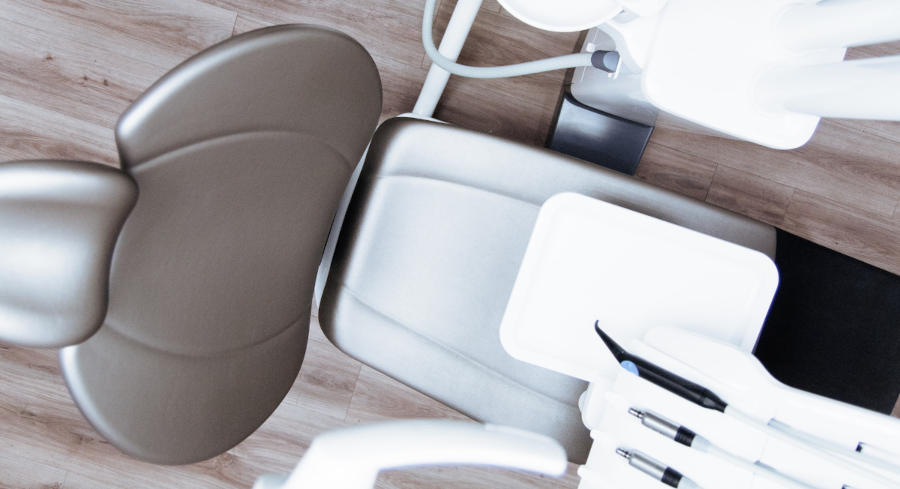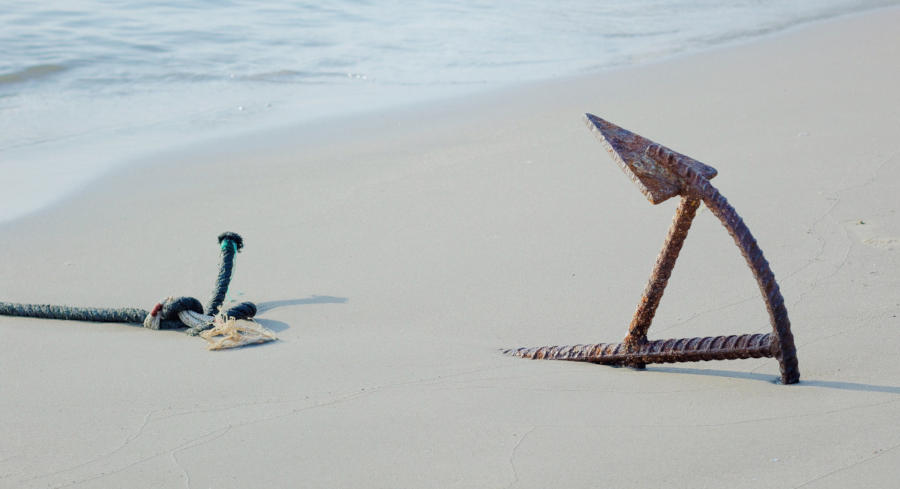

Braces with headgear can provide a number of important dental benefits, such as improved alignment and bite strength. This type of treatment may also offer comfort benefits, as the headgear helps spread out the force used during your orthodontic appointments. Learn more about headgear and its advantages.
To answer those questions, we need to discuss a term called “dentofacial orthopedics.” Dental facial orthopedics refers to the correction of skeletal and muscular conditions that affect our facial and skeletal relationships. In other words, this area of orthodontics evaluates how the jaws and the rest of the skull fit together as well as how the muscles of your head and neck affect your bite and chewing functions.
If the jaws are not aligned correctly, the teeth will never bite and fit correctly. Dentofacial orthopedics works by aligning parts of the mouth and jaw so that the teeth fit well together. Braces can affect the alignment of the teeth and adjust the bite to fit correctly but only after the jaws are aligned properly. What can be done when the jaws are not initially aligned correctly?
That is where appliances that can modify and influence muscle function and skeletal growth and position come into play. Some of these, like the removable functional appliances developed by European orthodontists in the middle of the last century, such as the Frankel and Bionator, use artificially positioned lower jaws that require muscle function to influence bone growth. Others, like palatal expansion devices, place forces on the skeletal structure along a midline suture in the upper jaw to effect direct skeletal change. Other appliances such as the headgear can influence skeletal growth, or as in the case of a reverse-pull headgear, can also directly move skeletal components through the use of skeletal anchorage. What is critical to understand is the use of anchorage in each application of force in orthodontics and especially how headgear uses anchorage.
Wearing braces with headgear was designed to utilize skeletal anchorage to affect a reduction in forward upper jaw growth to allow a lower jaw to grow forward or “catch up” to a normal position. This improves a skeletal relationship where the lower jaw is pushed back behind the upper jaw. This appliance also moves the upper molars further back and contributes to the correction of the upper jaw fitting well with the lower jaw.

Most people would be absolutely thrilled to hear that the days of headgear or finally over. Quite simply, people are not at all excited about headgear. Headgear and braces may be viewed as unseemly and a hassle, but even in today's day and age with all the medical and technological advances we enjoy, headgear is still widely used as the standard and still has the following unquestionable benefits:
Braces with headgear was first used in the 19th century and its use and effectiveness when worn as directed has been well researched and documented, with entire text books devoted to its use.
Its cousin, the reverse pull headgear, is used in under bite cases to advance a deficient upper jaw, using the chin or forehead and chin as points of skeletal acreage to advance the upper jaw. All forms of headgear are only effective during facial growth as they are true orthopedic or functional appliances. Learn more about the basic parts of headgear here.

Ask older adults about their orthodontic experiences and you will often hear stories and jokes of having to wear braces with headgear as a child. If you see pictures of metal contraptions hanging outside the mouth and metal going around the head, that is headgear. Fortunately, new advances in headgear have resulted in more aesthetically pleasing options with much of the metal being replaced by plastic or cloth straps, but nowadays, headgear seems to be an appliance that is seemingly less prevalent now than in years before.
Has headgear been replaced by some other technique? In short, no. Headgear is still often the best solution for many orthodontic issues , but there have been other techniques and solutions that claim to offer the same benefits. We talk about these solutions later in this article.
If you are doing your homework in investigating the use of braces with headgear online you will see many references to the fact that there are other more favorable options than headgear that are touted as more socially acceptable and more comfortable to wear. These other options that are being referred to are the Herbst appliance or some of the many variations of it.
The Herbst appliance is mostly hidden as it is self- contained inside of the mouth. This is what makes it more aesthetically pleasing. Herbst appliance is used to correct a recessed lower jaw. It does this by attaching a fixed spring – loaded expandable bar — on both sides of the mouth between the upper back teeth and the lower front teeth and uses the patients own muscle function of the mouth to move the teeth.
There are claims that Herbst results in true skeletal change that is similar to that of headgear, but this has not yet been definitively shown and has been the source of much controversy in the orthodontic profession. The reason? Despite showing results with nice bites, the bite is mostly created through tooth movement instead of true skeletal change since the entire appliance is completely tooth-borne and works through direct pressure on the teeth. In other words, the Herbst appliance will align the teeth to make the bite look better while in truth it is not correcting the root/underlying problem. Orthodontists debate over whether or not true skeletal change is important. Dr. Skarin believes that any effort to normalize the skeletal relationship is the best course of action for reducing the need for dental compensations and compromises in the final bite.
Does the Herbst appliance have the potential to be effective as a tooth movement appliance? Yes, and in fact, it has been very recently tested with temporary anchorage devices attached directly to bone, and very well could be the answer to headgear’s skeletal change advantage, but for right now, the results have not been as effective as headgear. Only time will tell.

The Herbst appliance is used in many offices despite not affecting skeletal change because it reduces the time in treatment and gets the patients out of the office faster. It also eliminates compliance problems since it is fixed to the teeth and can move the teeth more predictably. Will it correct with true skeletal correction? It has not been shown to correct skeletal issues with anywhere near the same amount of correction as headgear. Are their concerns over utilizing the Herbst? Absolutely! Damages and repairs can be frequent. Since the Herbst cannot be removed from the mouth as headgear can, damages to the device can be a major inconvenience and with the two lateral bars always in place, it is, without question, much more difficult to eat with them in place.
4 N Washington St.
Naperville, IL 60540
630-369-0045
803 N Bridge St.
Yorkville, IL 60560
630-553-5227